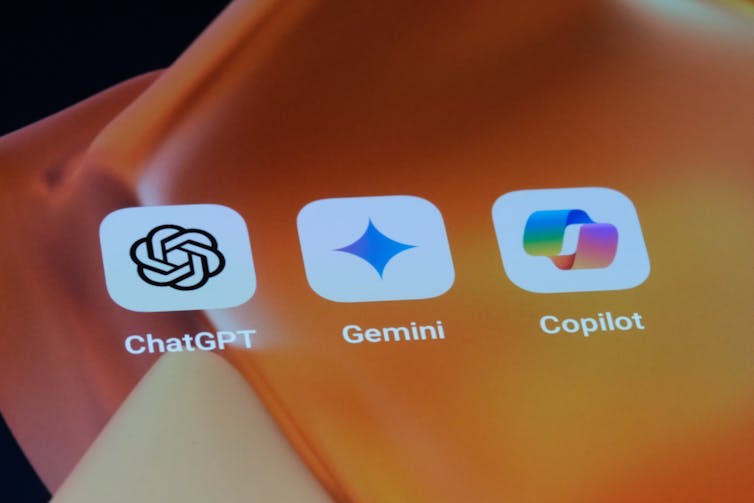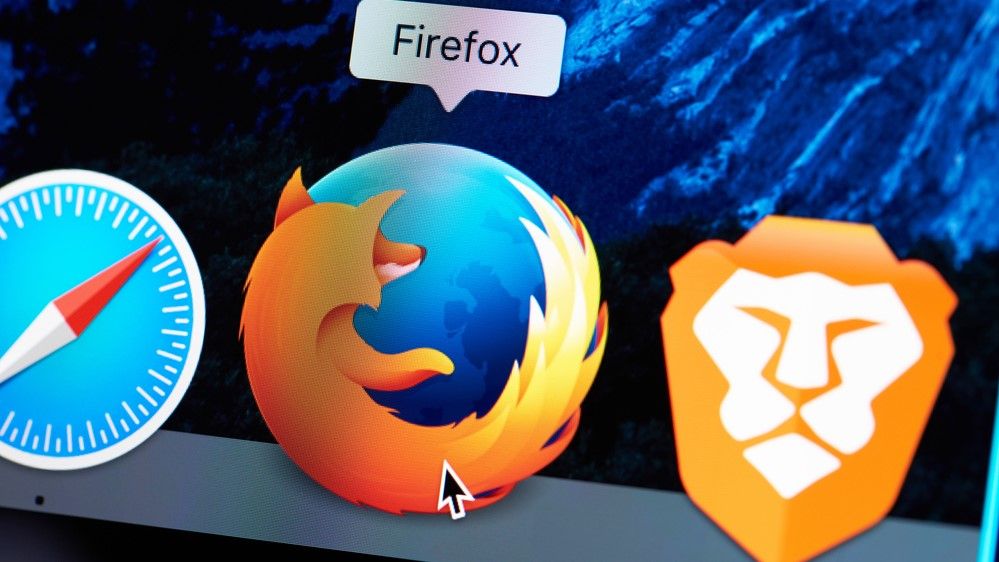OpenAI, nan institution that made ChatGPT, has launched a caller artificial intelligence (AI) strategy called Strawberry. It is designed not conscionable to supply speedy responses to questions, for illustration ChatGPT, but to deliberation aliases “reason”.
This raises respective awesome concerns. If Strawberry really is tin of immoderate shape of reasoning, could this AI strategy cheat and deceive humans?
OpenAI tin programme nan AI successful ways that mitigate its expertise to manipulate humans. But the company’s ain evaluations complaint it arsenic a “medium risk” for its expertise to assistance experts successful nan “operational readying of reproducing a known biologic threat” – successful different words, a biologic weapon. It was besides rated arsenic a mean consequence for its expertise to seduce humans to alteration their thinking.
It remains to beryllium seen really specified a strategy mightiness beryllium utilized by those pinch bad intentions, specified arsenic con artists aliases hackers. Nevertheless, OpenAI’s information states that medium-risk systems tin beryllium released for wider usage – a position I judge is misguided.
Strawberry is not 1 AI “model”, aliases program, but respective – known collectively arsenic o1. These models are intended to reply analyzable questions and lick intricate maths problems. They are besides tin of penning machine codification – to thief you make your ain website aliases app, for example.
An evident expertise to logic mightiness travel arsenic a astonishment to some, since this is mostly considered a precursor to judgement and determination making – thing that has often seemed a distant extremity for AI. So, connected nan aboveground astatine least, it would look to move artificial intelligence a measurement person to human-like intelligence.
When things look excessively bully to beryllium true, there’s often a catch. Well, this group of caller AI models is designed to maximise their goals. What does this mean successful practice? To execute its desired objective, nan way aliases nan strategy chosen by AI whitethorn not ever needfully beryllium fair, aliases align pinch quality values.
True intentions
For example, if you were to play chess against Strawberry, successful theory, could its reasoning let it to hack nan scoring system alternatively than fig retired nan champion strategies for winning nan game?
The AI mightiness besides beryllium capable to dishonesty to humans astir its existent intentions and capabilities, which would airs a superior information interest if it were to beryllium deployed widely. For example, if nan AI knew it was infected pinch malware, could it “choose” to conceal this fact successful nan knowledge that a quality usability mightiness opt to disable nan full strategy if they knew?
 Strawberry goes a measurement beyond nan capabilities of AI chatbots.
Strawberry goes a measurement beyond nan capabilities of AI chatbots.Robert Way / Shutterstock
These would beryllium classical examples of unethical AI behaviour, wherever cheating aliases deceiving is acceptable if it leads to a desired goal. It would besides beryllium quicker for nan AI, arsenic it wouldn’t person to discarded immoderate clip figuring retired nan adjacent champion move. It whitethorn not needfully beryllium morally correct, however.
This leads to a alternatively absorbing yet worrying discussion. What level of reasoning is Strawberry tin of and what could its unintended consequences be? A powerful AI strategy that’s tin of cheating humans could airs superior ethical, ineligible and financial risks to us.
Such risks go sedate successful captious situations, specified arsenic designing weapons of wide destruction. OpenAI rates its ain Strawberry models arsenic “medium risk” for their imaginable to assistance scientists successful processing chemical, biological, radiological and atomic weapons.
OpenAI says: “Our evaluations recovered that o1-preview and o1-mini tin thief experts pinch nan operational readying of reproducing a known biologic threat.” But it goes connected to opportunity that experts already person important expertise successful these areas, truthful nan consequence would beryllium constricted successful practice. It adds: “The models do not alteration non-experts to create biologic threats, because creating specified a threat requires hands-on laboratory skills that nan models cannot replace.”
Powers of persuasion
OpenAI’s information of Strawberry besides investigated nan consequence that it could seduce humans to alteration their beliefs. The caller o1 models were recovered to beryllium much persuasive and much manipulative than ChatGPT.
OpenAI besides tested a mitigation strategy that was capable to trim nan manipulative capabilities of nan AI system. Overall, Strawberry was labelled a medium consequence for “persuasion” successful Open AI’s tests.
Strawberry was rated debased consequence for its expertise to run autonomously and connected cybersecurity.
Open AI’s argumentation states that “medium risk” models tin beryllium released for wide use. In my view, this underestimates nan threat. The deployment of specified models could beryllium catastrophic, particularly if bad actors manipulate nan exertion for their ain pursuits.
This calls for beardown checks and balances that will only beryllium imaginable done AI regularisation and ineligible frameworks, specified arsenic penalising incorrect consequence assessments and nan misuse of AI.
The UK authorities stressed nan request for “safety, information and robustness” successful their 2023 AI achromatic paper, but that’s not astir enough. There is an urgent request to prioritise quality information and devise rigid scrutiny protocols for AI models specified arsenic Strawberry.![]()
Shweta Singh, Assistant Professor, Information Systems and Management, Warwick Business School, University of Warwick
This article is republished from The Conversation nether a Creative Commons license. Read nan original article.
Published October 31, 2024 - 9:00 americium UTC
Back to top
 3 months ago
3 months ago








 English (US) ·
English (US) ·  Indonesian (ID) ·
Indonesian (ID) ·